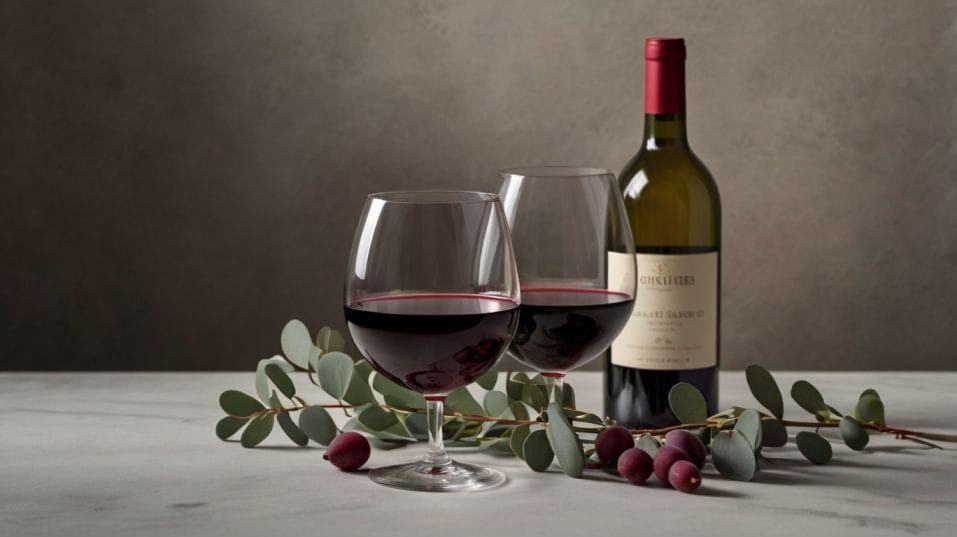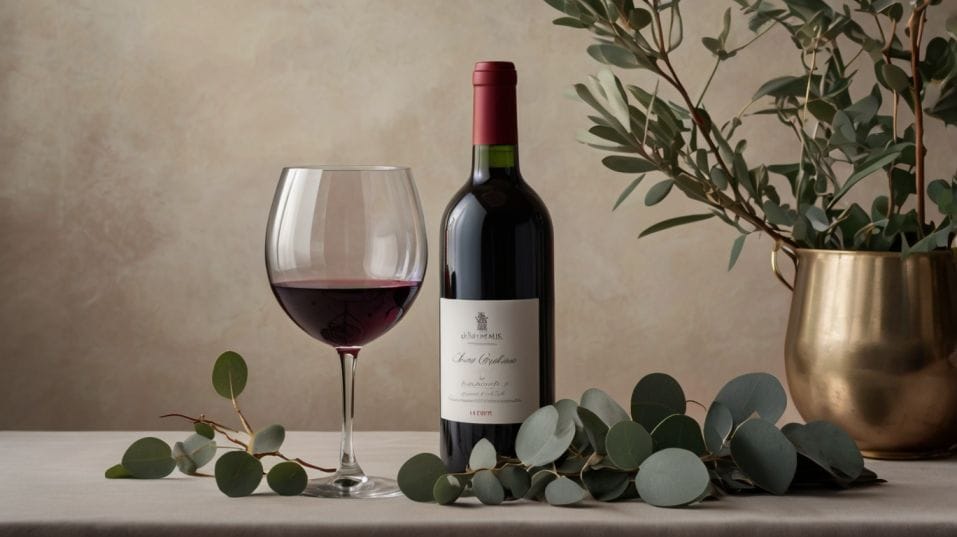Syrah vs Shiraz: Same Grape, Different Worlds
Discover how Syrah and Shiraz—same grape, different styles—can sharpen your palate and help you choose, sip, and pair wine with confidence.

Ever wondered how the same grape can taste like two entirely different wines? Syrah and Shiraz may share DNA, but what’s in your glass can feel like a world apart.
One whispers, the other roars. Learning their differences isn’t about snobbery—it’s about tuning into your own taste.
Whether you’re new to wine or building your palate, understanding this split unlocks better choices, more confident sipping, and a deeper appreciation for what wine really expresses.
Same Grape, Diverging Traditions
Let’s start with a simple truth: Syrah is the French name, Shiraz is the Australian one. But the divide isn’t just linguistic—it’s stylistic, cultural, and deeply tied to geography.
Syrah: Tradition and Restraint
Syrah is traditionally grown in cooler climates, most notably in the Northern Rhône Valley. This is the grape’s ancestral home, where centuries of winemaking have shaped a restrained, savory expression.
It’s a wine built on structure—medium-bodied, firm tannins, and fresh acidity. When people describe Syrah as “intellectual,” this is what they mean.
It doesn’t shout. It unfolds. You’re more likely to taste graphite than jam, herbs instead of cocoa, and pepper over plush fruit.
Shiraz: Boldness and Warmth
Shiraz, meanwhile, exploded in the warmth of Australian vineyards, especially in regions like Barossa Valley, McLaren Vale, and Hunter Valley. These wines are broader, richer, and more generous.
Think ripe plum, blackberry compote, mocha, and smoked meat. Shiraz doesn’t whisper—it speaks clearly and confidently. It’s less about subtlety, more about vivid flavor and approachability.
These aren’t stereotypes. They’re starting points. You’ll find delicate Australian Shiraz and bold, ripe Syrah. But in general, the label gives you a clue to what style the winemaker is aiming for—and what kind of experience you can expect.

Climate, Winemaking, and the Grape’s Dual Personality
To understand how the same grape creates such different wines, you need to look at climate and intention.
Cool Climates, Slow Ripening
In cooler regions, Syrah tends to ripen slowly. This keeps sugar levels lower, acidity higher, and flavors more savory. The grape holds onto natural tannins and doesn’t get overripe.
Wines from places like Côte-Rôtie, Hermitage, or Saint-Joseph often taste leaner, more angular. These wines evolve in the glass. One sip doesn’t tell the full story.
Warm Climates, Full Expression
In warmer climates, like much of Australia, the grape ripens faster. That creates wines with higher alcohol, fuller body, and more explosive fruit.
Shiraz from Barossa or Clare Valley often feels rounder, juicier, and more forward. There’s less tension, but often more comfort.
Technique Meets Terroir
The cellar matters too. Cool-climate Syrah is often aged in older oak or neutral vessels to preserve freshness.
Winemakers may use whole-cluster fermentation (including stems), adding earthiness and complexity. Warm-climate Shiraz is more likely to see new oak, which amplifies sweetness, spice, and vanilla tones.
You’re not just drinking a grape—you’re tasting a climate, a winemaker’s vision, and centuries of tradition (or reinvention). And the more you taste with this in mind, the clearer those influences become.
How to Taste the Difference
Learning to distinguish Syrah from Shiraz isn’t about scoring points. It’s about sharpening your senses.
Structure
Start by paying attention to structure. Syrah typically has firmer tannins and brighter acidity. Shiraz often feels softer and more fruit-saturated. That’s not a matter of better or worse—it’s a matter of balance and intent.
Aroma
Then notice aroma profiles. Classic Syrah often smells like crushed black pepper, olive tapenade, violets, and smoked meat—subtle, savory, and floral.
Shiraz, especially from warm areas, leans into blackberry jam, licorice, vanilla, and grilled bacon.
Finish
Finally, consider the finish. Syrah’s length often comes from minerality and acidity—it lingers quietly. Shiraz tends to end on bold fruit and spice—memorable and mouth-coating.
Tasting them side by side (even inexpensive versions) helps lock these contrasts into your palate. It also builds confidence. You start to recognize what you’re tasting, not just what you’re told you’re supposed to taste.
Choosing With Purpose
When you walk into a wine shop or scroll through a wine list, knowing what “Syrah” or “Shiraz” signals can save you from guessing—and open up wines that actually match your preferences.
If You Want Structure and Savory Notes
If you want something structured, savory, and food-friendly, look for Syrah from:
- France (Northern Rhône: Cornas, Hermitage, Crozes-Hermitage, Côte-Rôtie)
- Chile (cooler areas like Elqui or Limarí)
- California (Sonoma Coast, Santa Barbara)
- South Africa (Elgin or Swartland producers using the Syrah label)
If You Want Fruit and Power
If you’re after something lush, ripe, and generous, choose Shiraz from:
- Australia (Barossa, Clare Valley, McLaren Vale)
- South Africa (especially if labeled Shiraz)
- Warmer parts of California or Washington
When Labels Cross Over
Here’s where it gets interesting: the line between Syrah and Shiraz is blurring. Cool-climate Australian Shiraz (from Adelaide Hills or Yarra Valley) often feels more like French Syrah.
Some modern Rhône producers are making riper, fleshier Syrahs. And some winemakers choose the name based on style, not location. Don’t treat the name as a rule—but do use it as a lens. Then taste and decide for yourself.
Food Pairing Wisdom, Not Rules
Syrah and Shiraz both shine with food—but they shine differently.
Syrah Loves Earth and Herb
Cool-climate Syrah matches well with dishes that echo its savory side: herb-crusted lamb, lentils with pancetta, mushroom ragout, charred vegetables. It also plays well with black pepper-heavy recipes and anything with rosemary or thyme.
Shiraz Loves Smoke and Spice
Shiraz loves bold, fatty, or sweet-spiced dishes: slow-cooked brisket, barbecue ribs, Moroccan lamb tagine, or even a good burger with caramelized onions.
Don’t be afraid to lean into smoky, sweet-savory flavors. Shiraz has the body and spice to hold its own.
Pairing is less about hard rules than tuning in to balance. If your wine feels tight and angular, soften it with food. If it feels big and plush, anchor it with richness or spice.
Final Thoughts
Syrah and Shiraz offer one of the clearest lessons in how place and style transform a grape. One name leads you to restraint, elegance, and slow-blooming complexity.
The other opens the door to warmth, generosity, and bold flavor. Both are valid. Both are worth exploring.
You don’t need to memorize appellations or collect bottles. Just grab two: one labeled Syrah, one labeled Shiraz.
Taste them not for what they’re supposed to be—but for what they are. What do you notice? What lingers? What makes you want another sip?
This week, add one to your dinner. Pour with intention. Taste with attention. And let the same grape show you just how different the world can taste.




